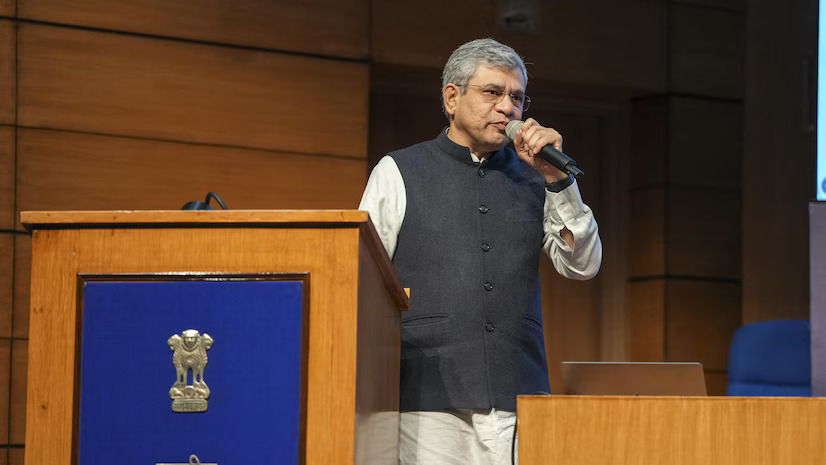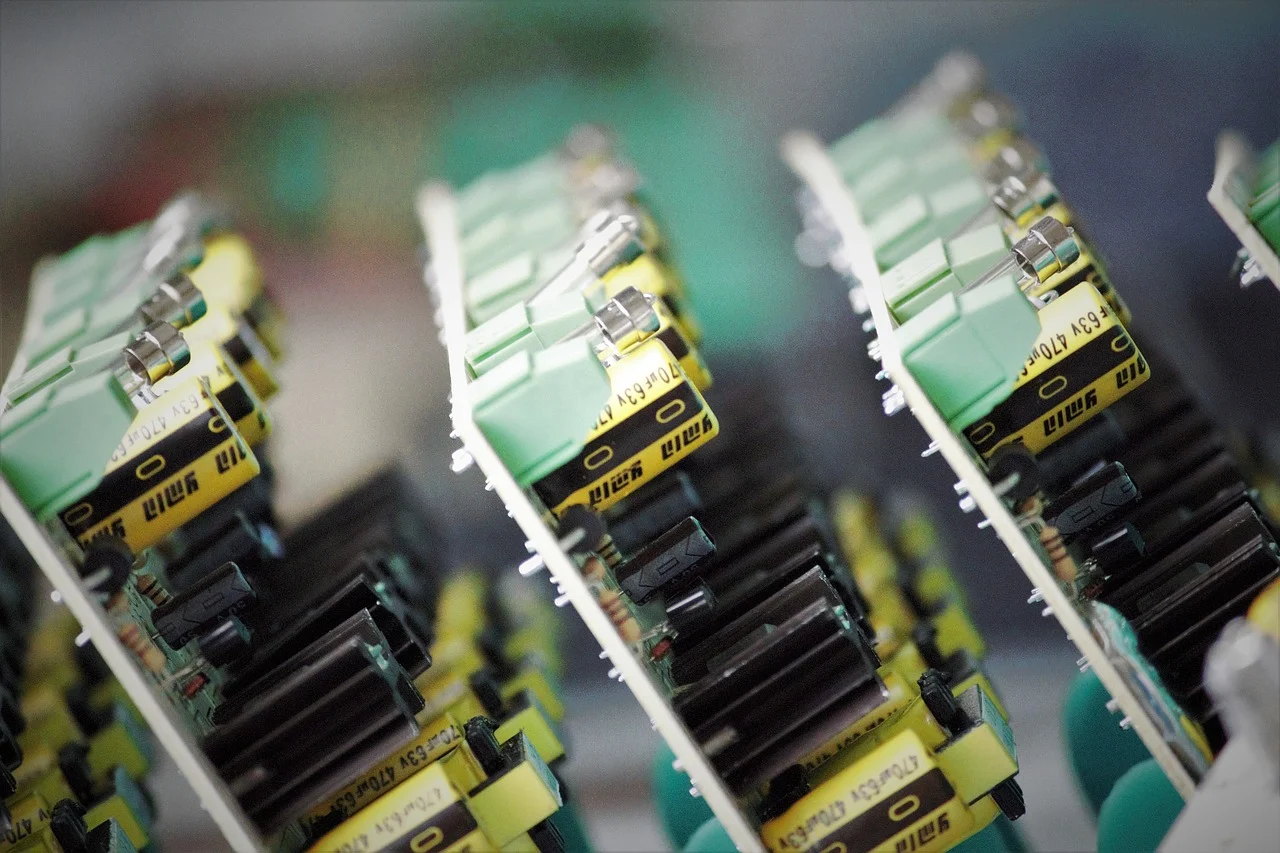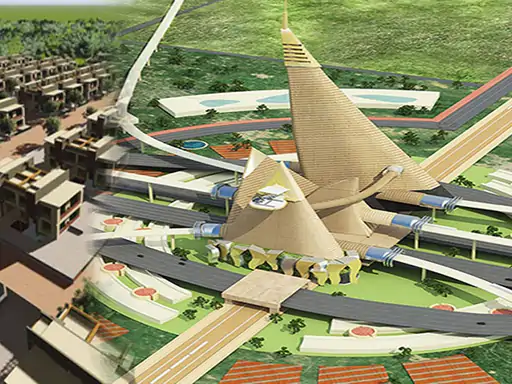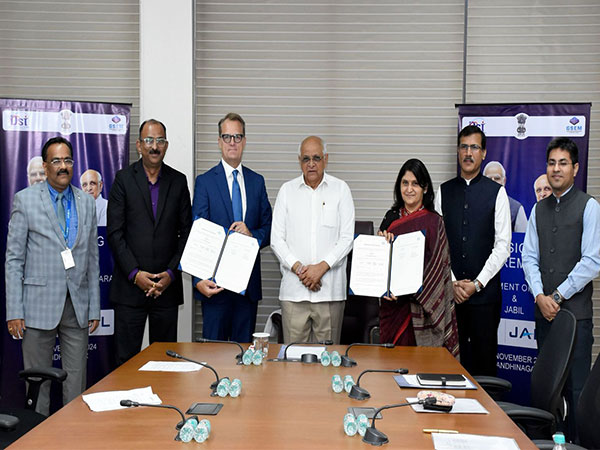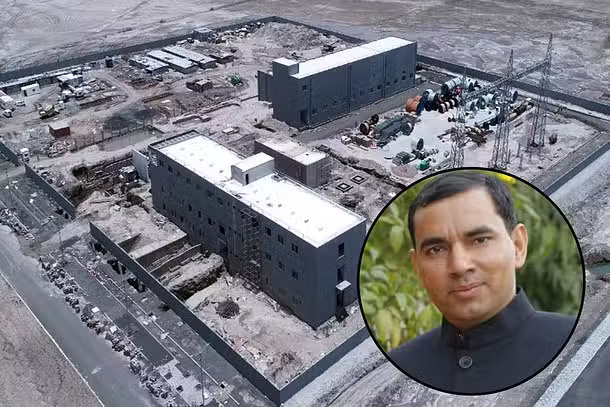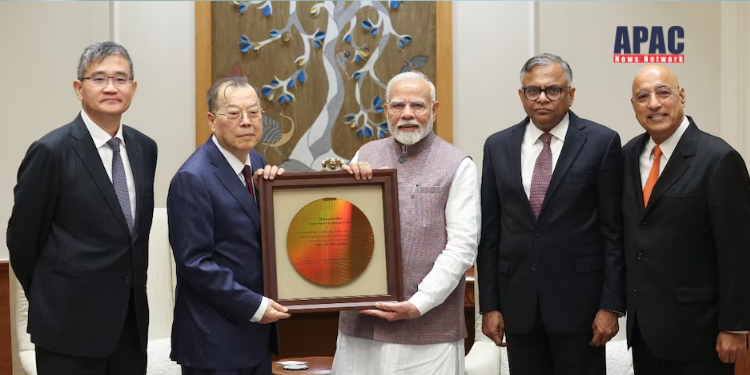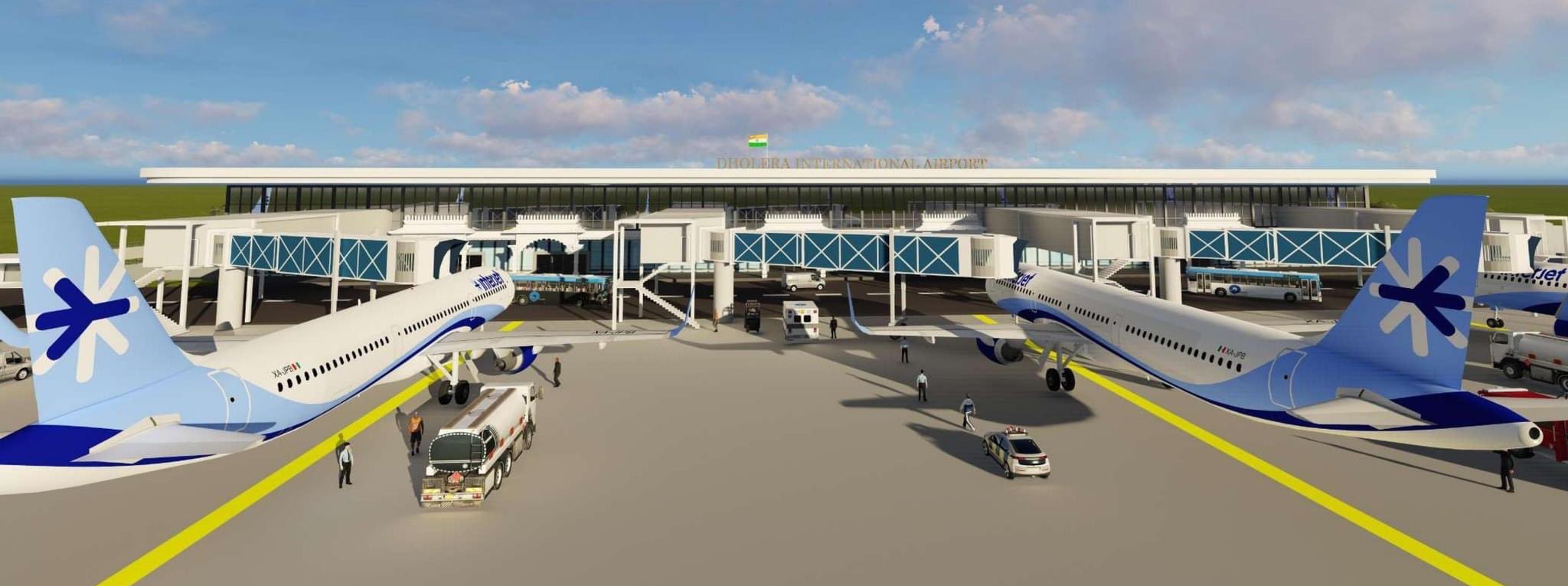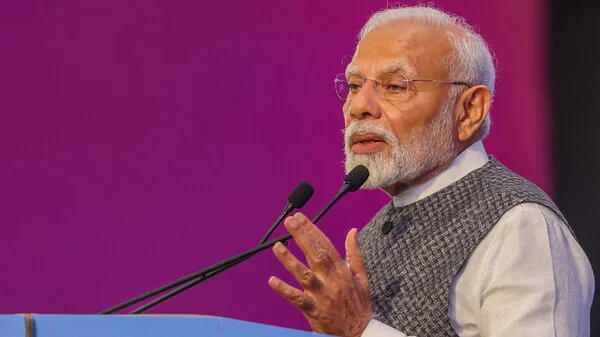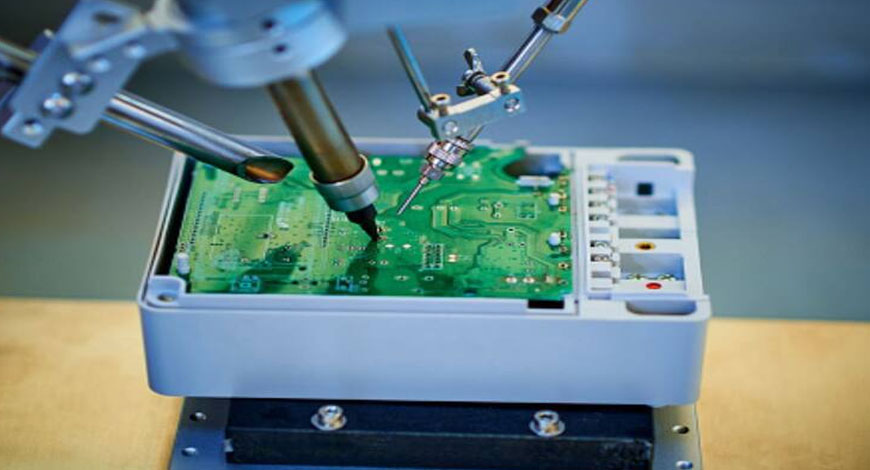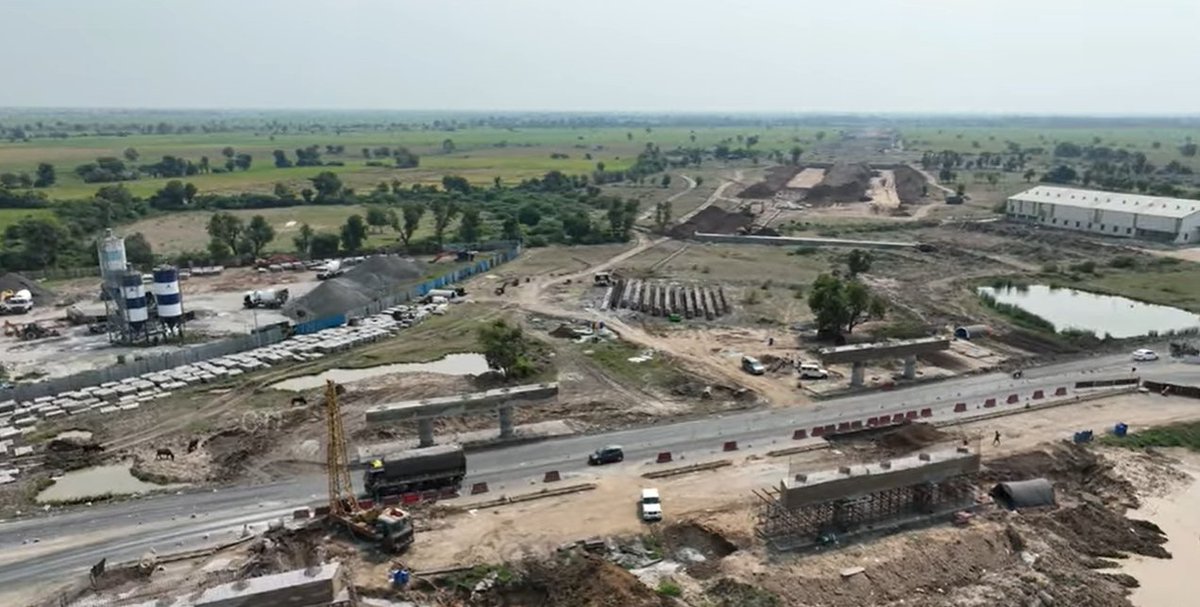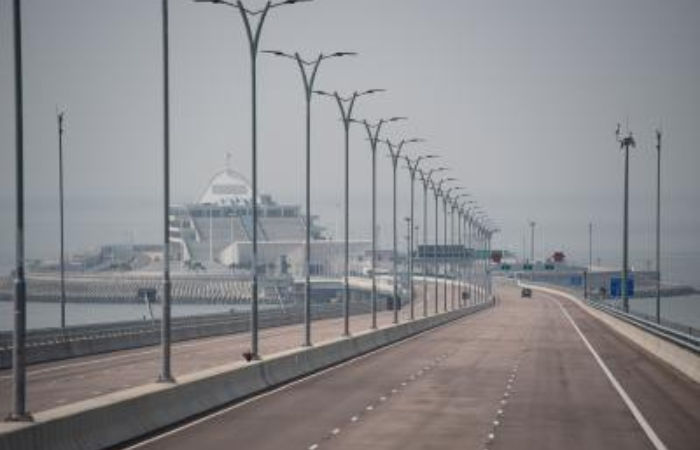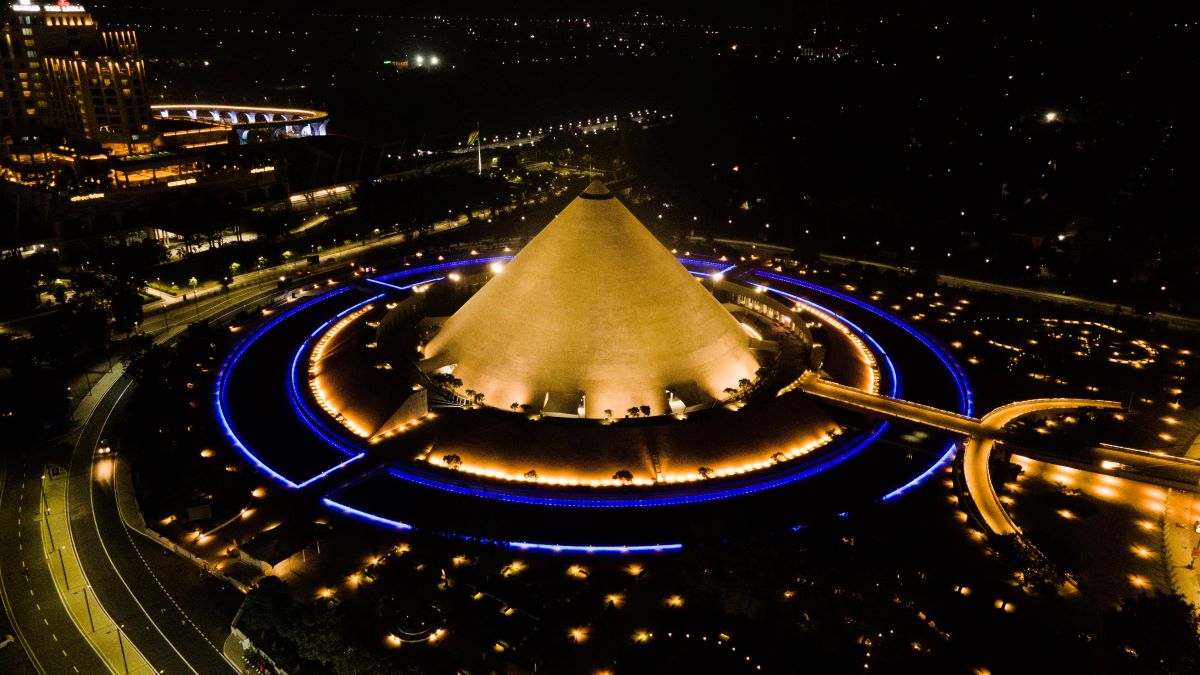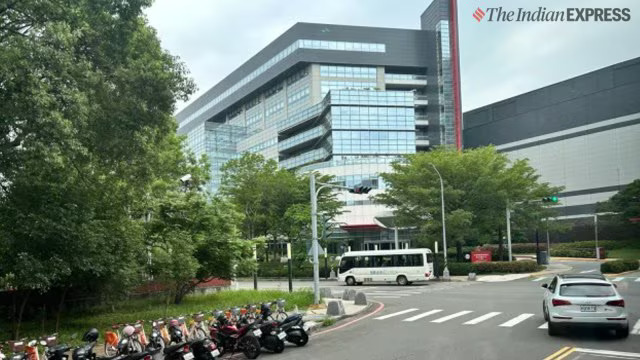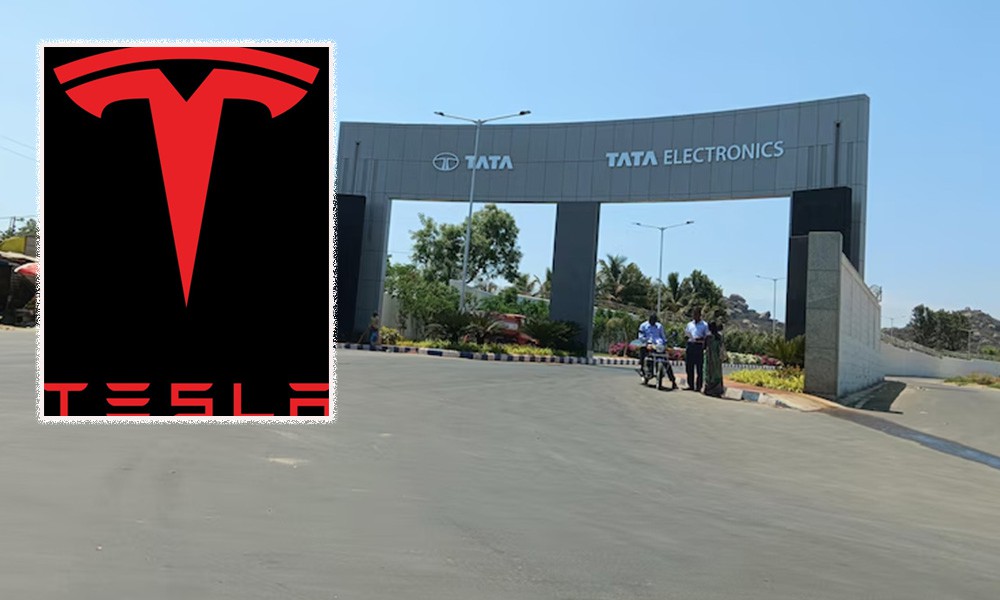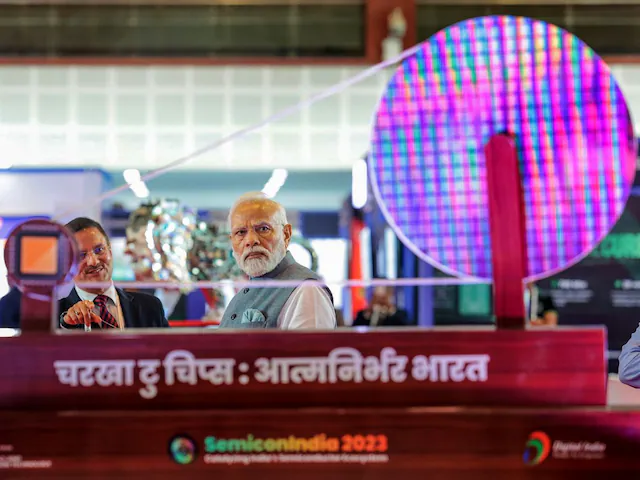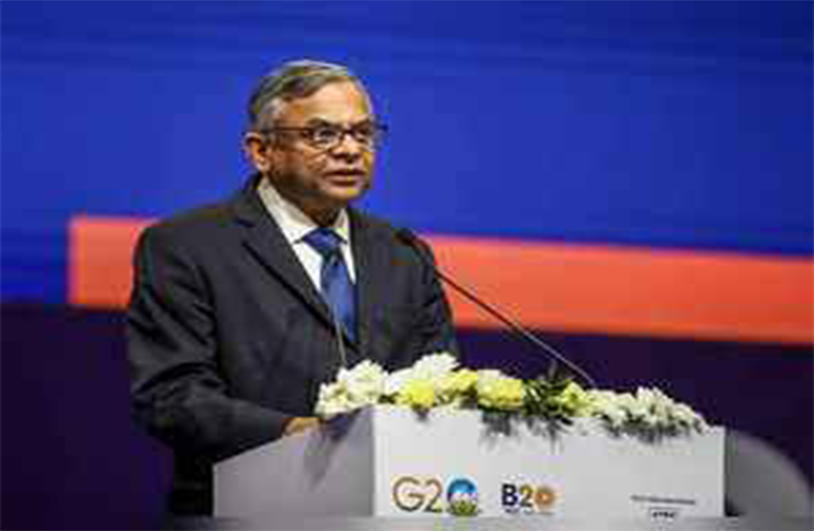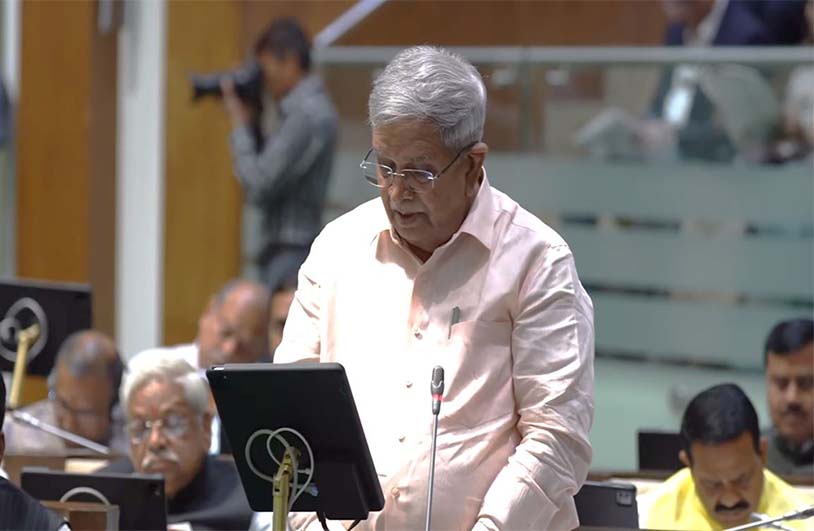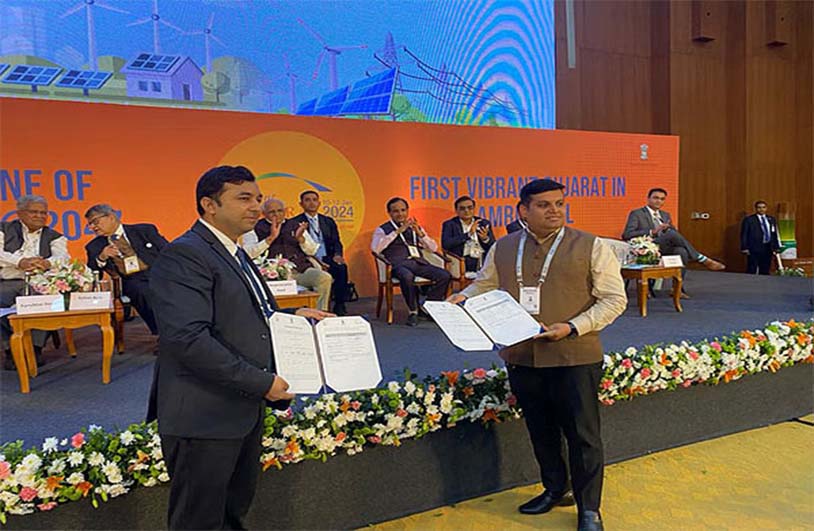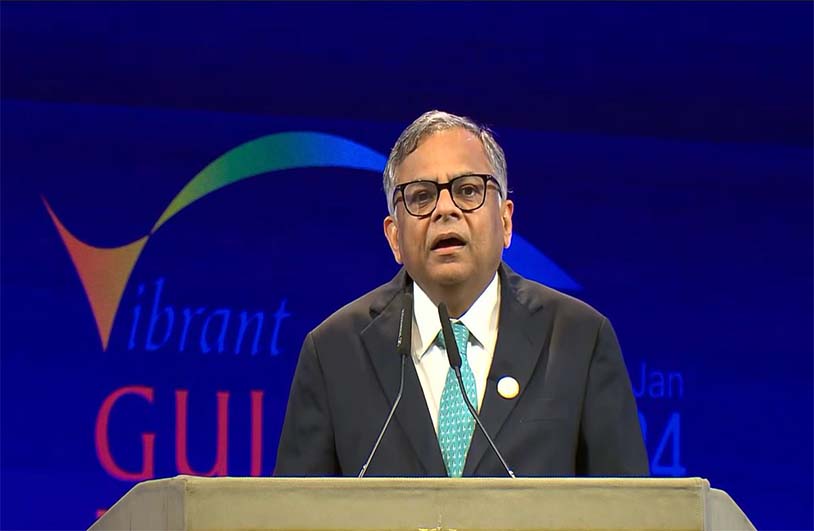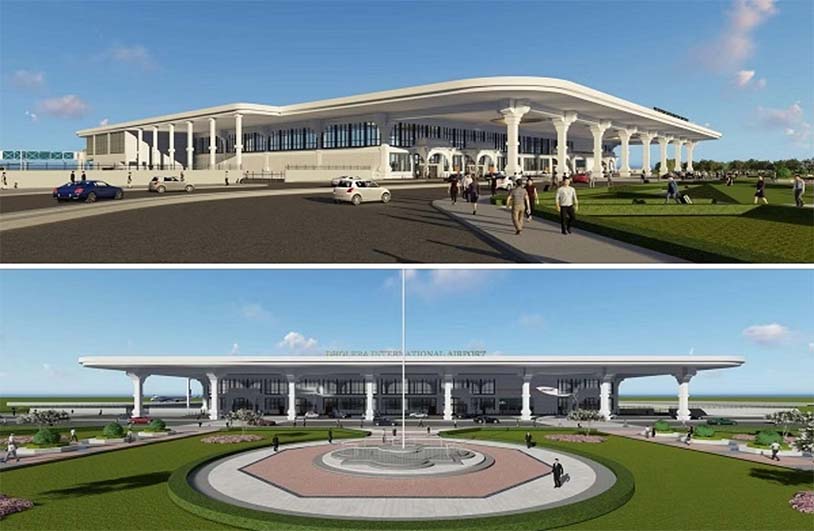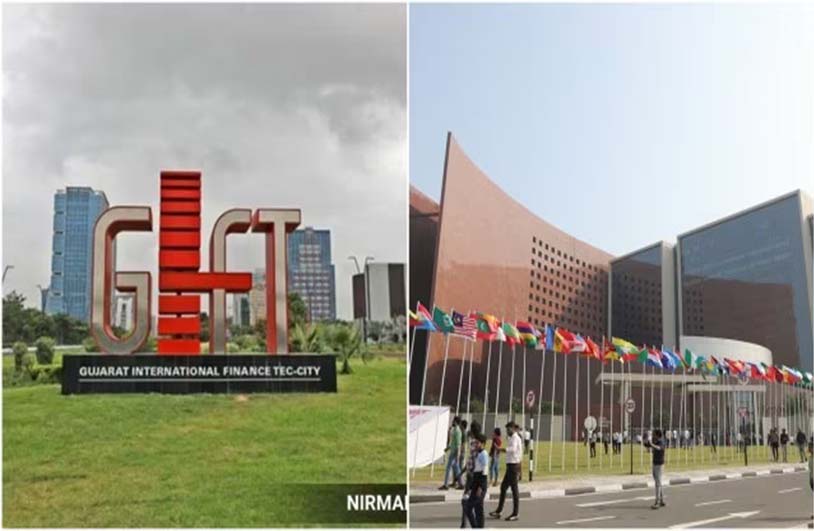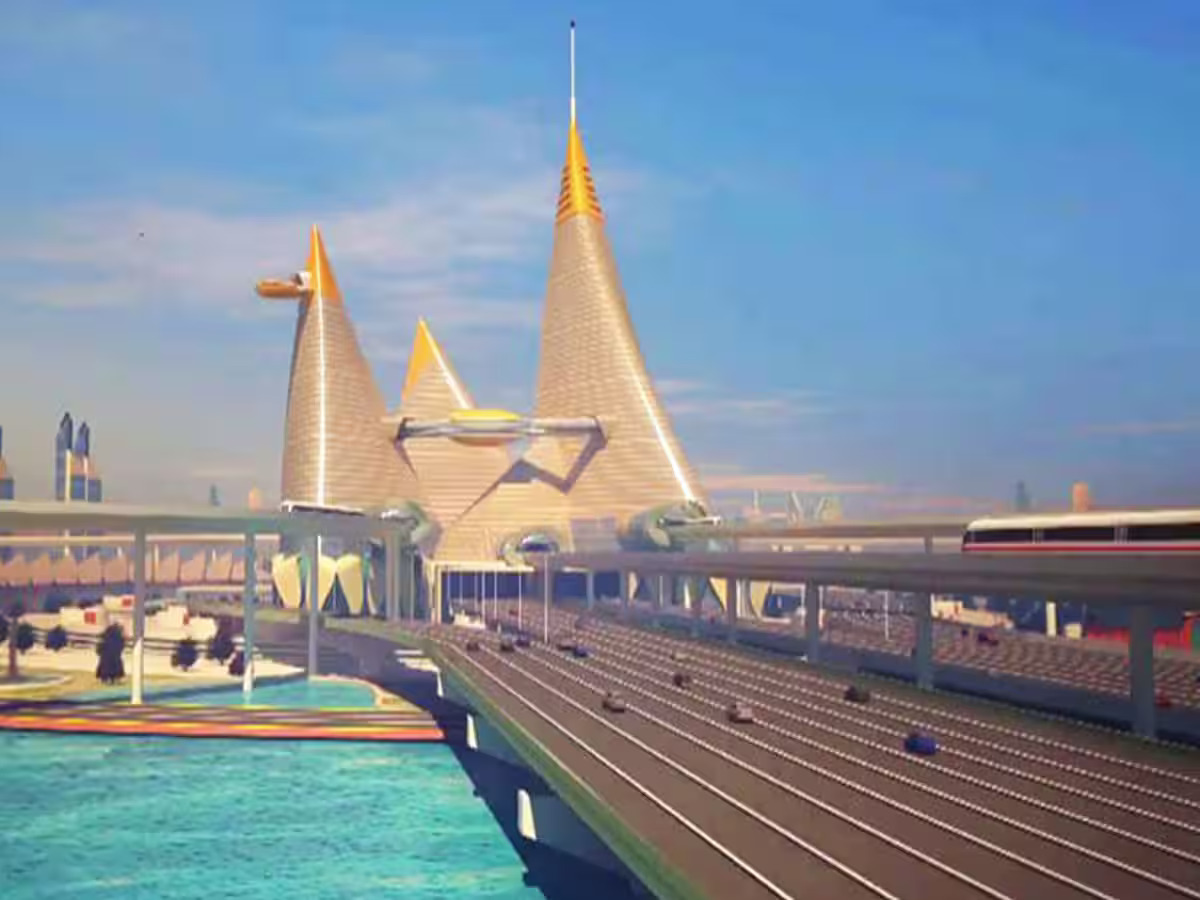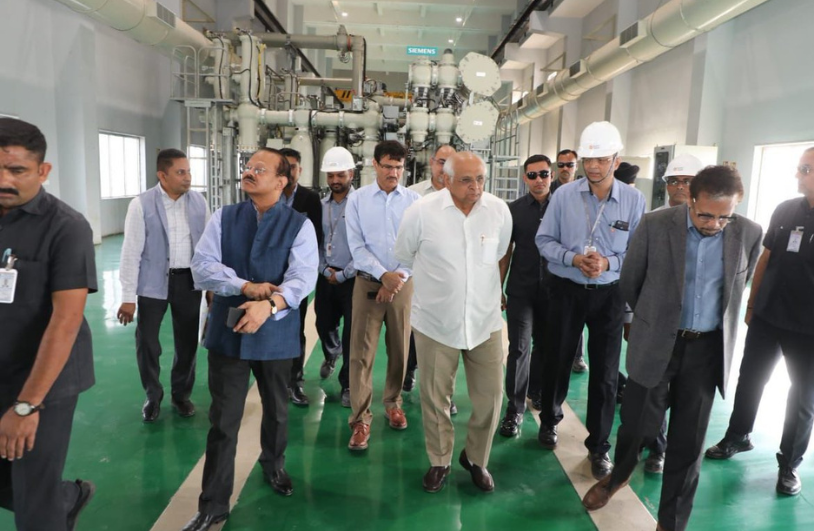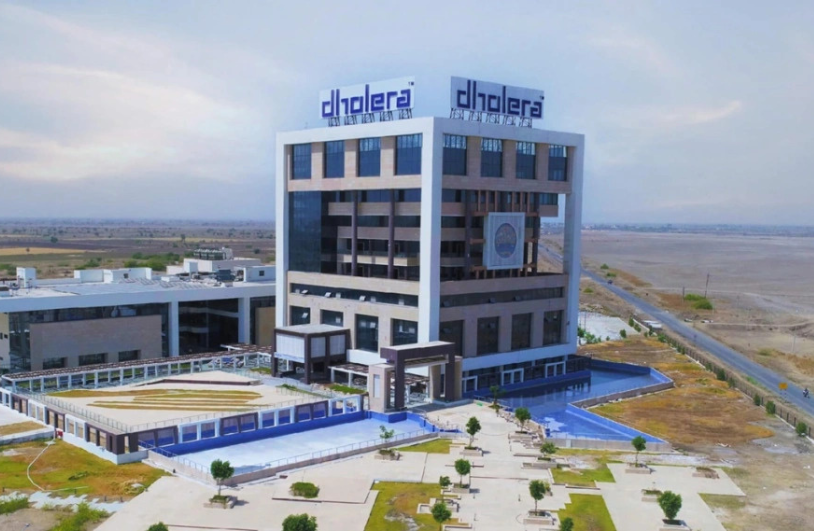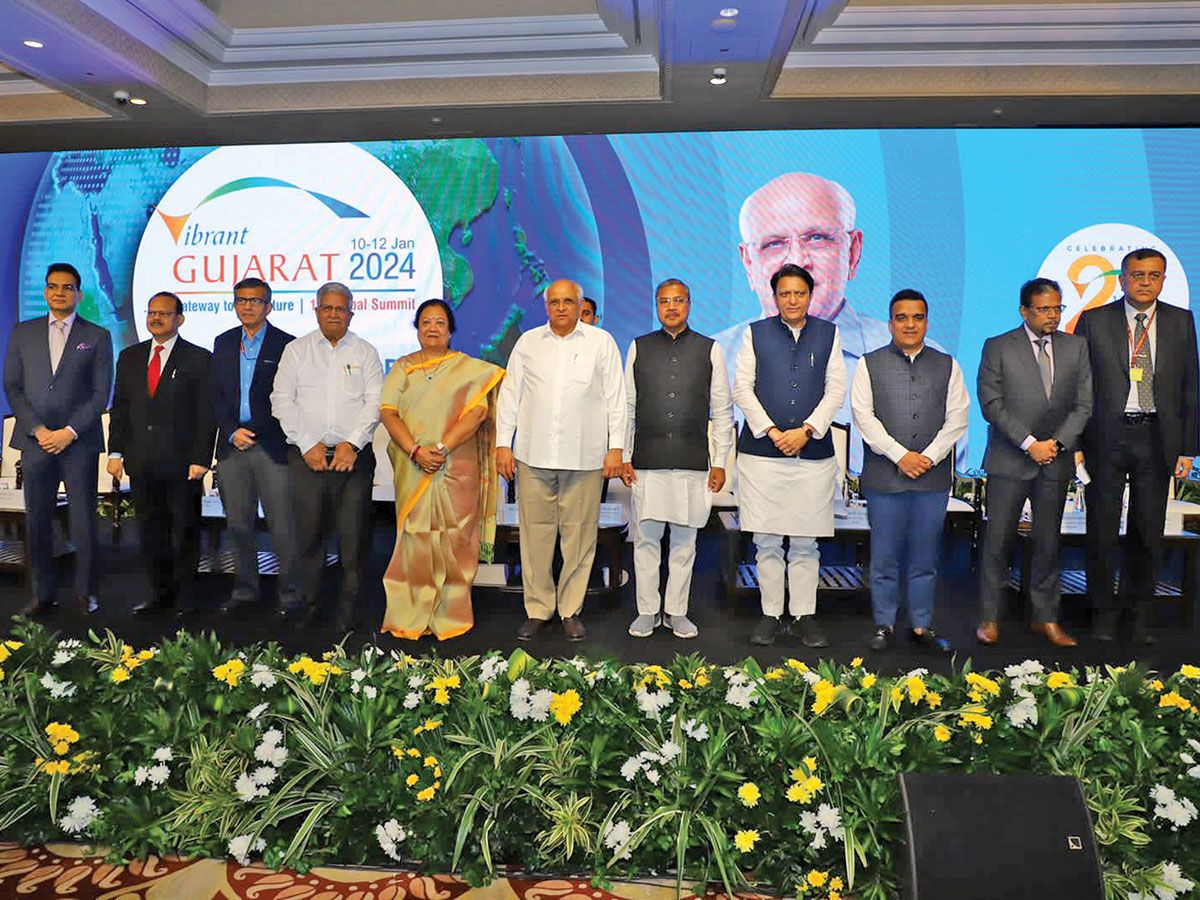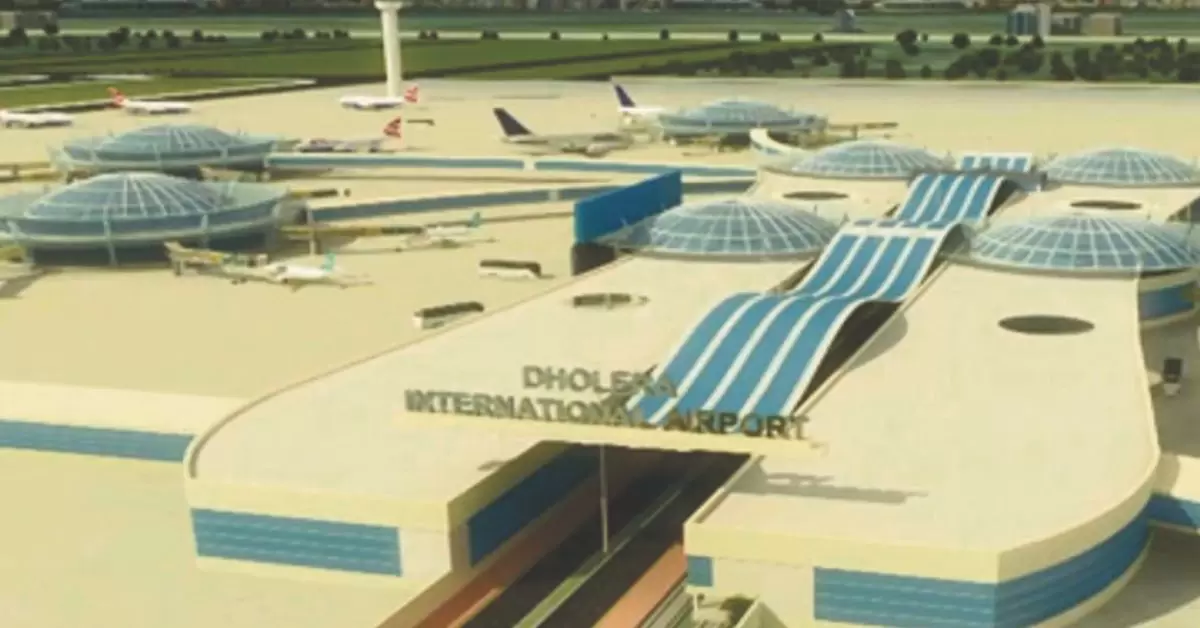
Terminal at Dholera Airport will become a major hub for cargo handling
According to the latest updates, Dholera features a 10,700 sq ft air cargo terminal, with international operations targeted to go live by June/July.
A new international cargo port in Gujarat state is set to provide yet another infrastructure boost for India’s thriving air freight economy. Phase 1 construction of the cargo complex, which is a part of Ahmedabad’s Dholera International Airport (DIACL), is expected to cost about $150 million and include a 3.2-kilometer runway and 12 aircraft parking stands. Navi Mumbai International Airport (NMIA), which just witnessed a commercial aircraft land ahead of its scheduled official launch in April, is part of the Adani Group’s ambitious cargo aspirations.
DIACL is a joint venture between the Airports Authority of India (AAI) and two state entities and is part of multiple investment schemes in works in and around Ahmedabad, including through Japanese financial assistance. According to the latest updates, Dholera features a 10,700 sq ft air cargo terminal, with international operations targeted to go live by June/July. The airport authority will soon select a cargo terminal management contractor for seven years, as part of Phase 1.
According to current indications, export/import cargo volumes through Dholera could reach some 20,000 tonnes in 2025-26, rising to 273,000 tonnes over the next two decades. On a broader scale, the new airport, the third in Gujarat, has also been designed to support New Delhi’s ambitious Delhi-Mumbai Industrial Corridor (DMIC) project, touted as the largest infrastructure push in the country, with an original budget of some $90bn.
Gujarat is one of the most industrialized states in India, thus presenting high cargo potential for supply chain stakeholders. DIACL is much needed, as the state’s main international airport at Ahmedabad has already reached saturation point. There are already promising market indicators for logistics industry stakeholders to drive their investment plans. International air cargo volumes out of India were estimated to have soared 19% year on year in 2024, outpacing global and Asia-Pacific average growth rates, according to provisional data.
Source: Maritime Gateway




